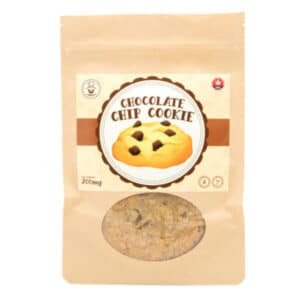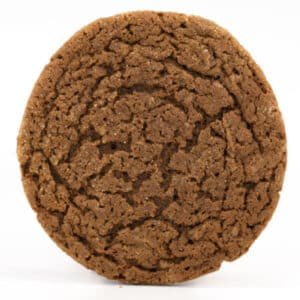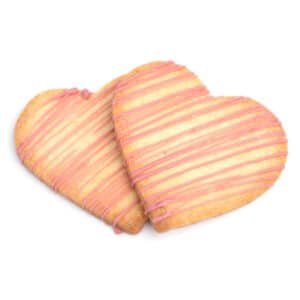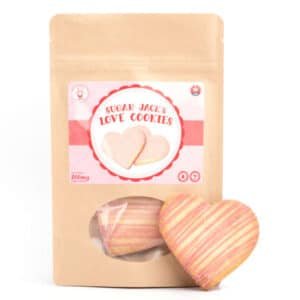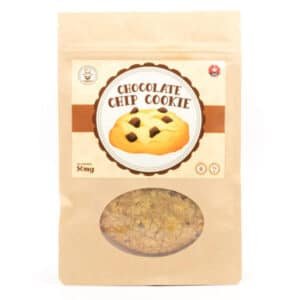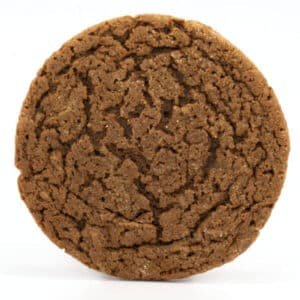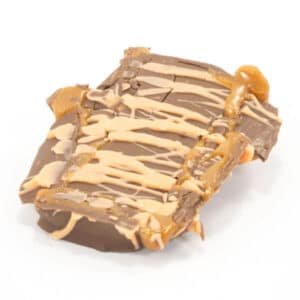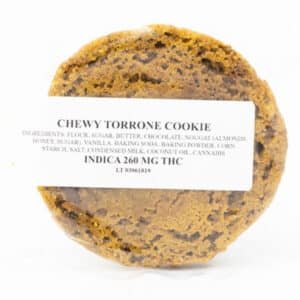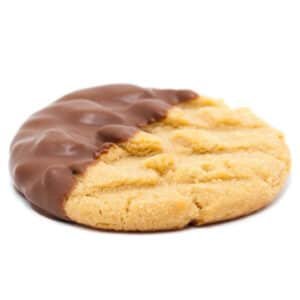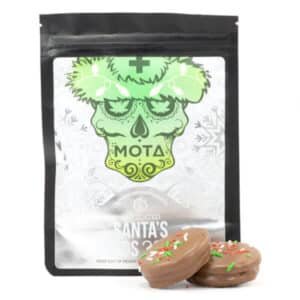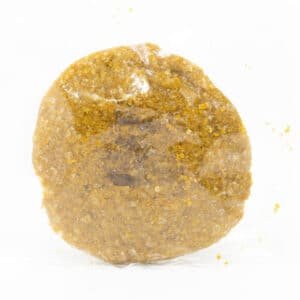Product
Categories
FILTER BY PRICE
-
Sale!
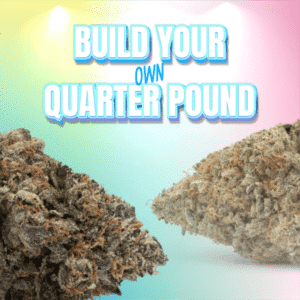 0 out of 5
0 out of 5QP of Weed
0 out of 5$600.00Original price was: $600.00.$500.00Current price is: $500.00. Select options -
Sale!0 out of 5
Half Pound of Weed
0 out of 5$900.00Original price was: $900.00.$800.00Current price is: $800.00. Select options -
Sale!0 out of 5
Pound of Weed
0 out of 5$1,500.00Original price was: $1,500.00.$1,300.00Current price is: $1,300.00. Select options
Baked Goods
Warm, fragrant, and irresistibly comforting, baked goods have been a cornerstone of human culinary tradition for centuries. Whether it’s a crusty loaf of artisan bread or a delicate cream-filled pastry, baked goods bring people together, spark nostalgia, and fill kitchens with joy. In 2025, baking continues to evolve, blending traditional techniques with modern health trends, sustainability, and global influence.
Let’s explore the delicious world of baked goods, uncovering the classics, innovations, and must-try items this year.
Showing 1–30 of 64 results
-
 0 out of 5
0 out of 5100mg THC Gingerbread Man (Mota)
0 out of 5$15.00 -

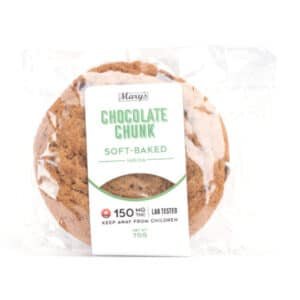 0 out of 5
0 out of 5150mg THC Soft Baked Cookies (Mary’s Edibles)
0 out of 5$12.00 -

 0 out of 5
0 out of 5200mg THC Almond Pecan Cranberry Square (Sugar Jack’s)
0 out of 5$20.00 -
0 out of 5
200mg THC Chocolate Chip Cookie (Sugar Jack’s)
0 out of 5$20.00 -
0 out of 5
200mg THC Ginger Molasses Cookie (Sugar Jack’s)
0 out of 5$20.00 -
0 out of 5
200mg THC Ginger Molasses Cookie (Sugar Jack’s)
0 out of 5$20.00 -
200mg THC Love Cookies (Sugar Jack’s)
0 out of 5$18.00Original price was: $18.00.$12.00Current price is: $12.00. -
200mg THC Peppermint Bark (Mota)
0 out of 5$25.00Original price was: $25.00.$20.00Current price is: $20.00. -
0 out of 5
200mg THC White Chocolate Macadamia Nut Cookie (Sugar Jack’s)
0 out of 5$20.00 -
Sale!0 out of 5
300mg THC Candy Cane Cookie (Mota)
0 out of 5$20.00Original price was: $20.00.$15.00Current price is: $15.00. -
0 out of 5
300mg THC Double Choco-nut Brownies (Sugar Jack’s)
0 out of 5$25.00 -
0 out of 5
50mg THC Chocolate Chip Cookie (Sugar Jack’s)
0 out of 5$8.50 -
0 out of 5
50mg THC Ginger Molasses Cookie (Sugar Jack’s)
0 out of 5$8.50 -
0 out of 5
50mg THC White Chocolate Macadamia Nut Cookie (Sugar Jack’s)
0 out of 5$8.50 -
0 out of 5
Baileys Chocolate Fudge Cup 200mg THC (Canna Co. Medibles)
0 out of 5$20.00 -
0 out of 5
Black Forest Cookie 260mg THC (Canna Co. Medibles)
0 out of 5$20.00 -
Caramel Coffins (Mota)
0 out of 5$20.00Original price was: $20.00.$14.75Current price is: $14.75. -
0 out of 5
Chewy Torrone Cookie 260mg THC (Canna Co. Medibles)
0 out of 5$20.00 -
0 out of 5
Chocolate Chip Cookie 150mg THC (Mota)
0 out of 5$26.00 -
0 out of 5
Chocolate Lovers Brownie 200mg THC (Mota)
0 out of 5$24.00 -
Sale!0 out of 5
Christmas Pretzels 150mg THC (Sweet Jane)
0 out of 5$15.00Original price was: $15.00.$13.50Current price is: $13.50. -
Sale!0 out of 5
Christmas Sandwich Cookies (Mota)
0 out of 5$20.00Original price was: $20.00.$15.00Current price is: $15.00. -
Sale!0 out of 5
Christmas Sandwich Cookies (Mota)
0 out of 5$20.00Original price was: $20.00.$15.00Current price is: $15.00. -
0 out of 5
Dark Chocolate Fudge Cup 200mg THC (Canna Co. Medibles)
0 out of 5$20.00 -
0 out of 5
Double Chocolate Chip Cookie 260mg THC (Canna Co. Medibles)
0 out of 5$20.00 -
0 out of 5
Double Chocolate Chip Cookie w/ Toffee and Caramel 260mg THC (Canna Co. Medibles)
0 out of 5$20.00 -
0 out of 5
Double Chocolate Peppermint Cookie 260mg THC (Canna Co. Medibles)
0 out of 5$20.00 -
0 out of 5
Double Dose Peanut Butter Cup 200mg THC (Sweet Jane)
0 out of 5$15.00 -
0 out of 5
Fruit and Spice Cookie 260mg THC (Canna Co. Medibles)
0 out of 5$20.00 -
0 out of 5
Ginger Molasses Cookie 260mg THC (Canna Co. Medibles)
0 out of 5$20.00
Introduction to Baked Goods
Warm, fragrant, and irresistibly comforting, baked goods have been a cornerstone of human culinary tradition for centuries. Whether it’s a crusty loaf of artisan bread or a delicate cream-filled pastry, baked goods bring people together, spark nostalgia, and fill kitchens with joy. In 2025, baking continues to evolve, blending traditional techniques with modern health trends, sustainability, and global influence.
Let’s explore the delicious world of baked goods, uncovering the classics, innovations, and must-try items this year.
What Are Baked Goods?
Definition and Categories
Baked goods refer to foods made from flour and other ingredients, cooked by dry heat, typically in an oven. They include a wide array of sweet and savory products such as bread, cakes, cookies, pastries, and pies.
History and Global Popularity
The history of baking dates back over 14,000 years, from early flatbreads to the rise of European patisseries. Today, every culture has its own iconic baked goods—from French croissants to Middle Eastern flatbreads and Latin American empanadas.
Popular Types of Baked Goods
Breads (Artisan, Whole Wheat, Sourdough)
- Artisan breads focus on traditional methods, often with long fermentation and hand-shaping.
- Whole wheat breads offer more fiber and nutrients.
- Sourdough remains a favorite for its tangy flavor and gut-friendly benefits.
Cakes and Cupcakes
From birthday celebrations to elaborate wedding creations, cakes are timeless. Cupcakes bring the same joy in single-serve form with endless decoration possibilities.
Cookies and Biscuits
Whether soft and chewy or crisp and buttery, cookies remain one of the most beloved baked treats. Biscuits (sweet or savory) are also gaining traction as afternoon snack staples.
Pastries, Croissants, and Danishes
These buttery delights include laminated dough layers that produce flakey, light textures. Often filled with fruit, chocolate, or custard.
Pies and Tarts
Filled with sweet or savory ingredients, pies and tarts are ideal for celebrations. Think apple pie, lemon tart, or savory quiches.
Sweet vs. Savory Baked Goods
Common Ingredients and Differences
- Sweet: Sugar, chocolate, fruits, nuts
- Savory: Cheese, meats, herbs, spices
Both share a base of flour, fat, and sometimes leavening, but flavor profiles and pairings differ widely.
Regional Variations
- Asia: Mooncakes, red bean buns
- Europe: Eclairs, focaccia
- America: Muffins, cornbread
- Middle East: Spinach pies, baklava
Top Baking Trends in 2025
Gluten-Free and Vegan Bakes
Plant-based and allergen-friendly baking is on the rise. Almond flour, flax eggs, and dairy-free milks are staples.
Sourdough Revival and Ancient Grains
Spelt, teff, and einkorn are making comebacks for their health benefits and unique flavors.
Decorated and Sculpted Cakes
Hyper-realistic cakes, 3D floral piping, and minimalistic layer cakes are trending for events and social media.
Artisan and Small-Batch Baking
Local bakeries focus on handcrafted quality and seasonal, locally-sourced ingredients.
Healthier Baked Good Alternatives
Sugar Substitutes and Natural Sweeteners
- Maple syrup
- Coconut sugar
- Monk fruit
- Stevia
These replace refined sugar while maintaining sweetness.
High-Fiber and Protein-Enriched Options
Baked goods with added chia seeds, oat bran, or whey protein provide more nutrition per bite.
Clean Label and Organic Ingredients
Consumers are prioritizing ingredient transparency and avoiding artificial additives, opting for organic flours, pasture-raised eggs, and non-GMO oils.
Best Baked Goods for Special Occasions
Holidays and Seasonal Favorites
- Christmas stollen
- Pumpkin pie for Thanksgiving
- Heart-shaped cookies for Valentine’s Day
Wedding and Celebration Cakes
Custom, multi-tiered cakes with unique themes or flavor profiles like lemon-elderflower or champagne-raspberry.
Custom Cookies and Cupcake Toppers
Printed edible images, names, and designs make baked treats personal and perfect for events.
Homemade Baked Goods Tips
Must-Have Baking Tools
- Stand mixer or hand mixer
- Digital scale
- Silicone baking mats
- Rolling pins and piping bags
Baking Mistakes to Avoid
- Overmixing batter
- Not preheating the oven
- Using old leavening agents
- Measuring flour incorrectly
How to Store Fresh Bakes
- Room Temp: Bread and muffins (in airtight containers)
- Fridge: Cakes with cream or fruit fillings
- Freezer: Cookies, rolls, and dough for future use
Top Baked Goods Brands and Bakeries in 2025
Artisanal Bakeries
- Levain Bakery (NYC) – Known for chunky cookies
- Tartine (San Francisco) – Sourdough and seasonal tarts
- Poilâne (Paris) – Rustic French loaves
Commercial Baked Goods You Can Trust
- Dave’s Killer Bread – Organic whole grain loaves
- Entenmann’s – Classic American treats
- Pepperidge Farm – Cookies, pastries, and breads
FAQs About Baked Goods
1. What’s the difference between baking powder and baking soda?
Baking soda needs an acid to activate; baking powder contains both acid and base.
2. Can I freeze baked goods?
Yes—most breads, cookies, and muffins freeze well. Wrap tightly and use within 3 months.
3. Are all baked goods unhealthy?
Not at all. Whole-grain, low-sugar, and plant-based options make baked treats nutritious too.
4. What’s the best flour for baking?
It depends—all-purpose for most, bread flour for chewy textures, cake flour for delicate sponges.
5. How do I make gluten-free baked goods rise properly?
Use xanthan gum, eggs, or psyllium husk to help bind and lift the dough.
6. What is lamination in baking?
It’s the process of folding butter into dough multiple times to create flaky layers—used in croissants and puff pastry.
Conclusion: Why Baked Goods Will Always Be a Beloved Treat
No matter the year or trend, baked goods hold a special place in hearts and kitchens around the world. From artisan loaves to gluten-free cupcakes, the blend of creativity, tradition, and taste keeps baking timeless. Whether enjoyed at home or from a beloved bakery, there’s nothing quite like the comfort of something warm, fresh, and perfectly baked.




